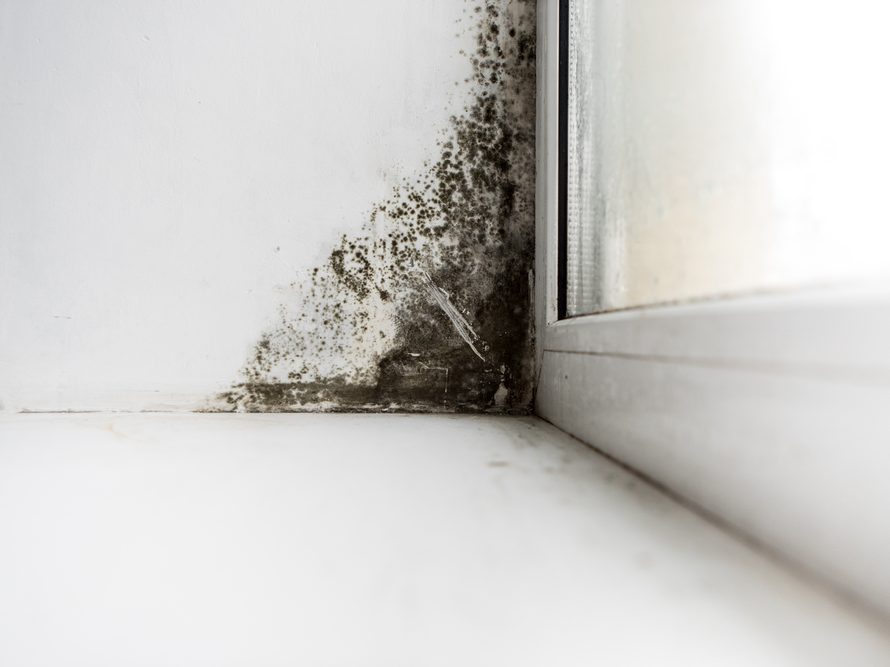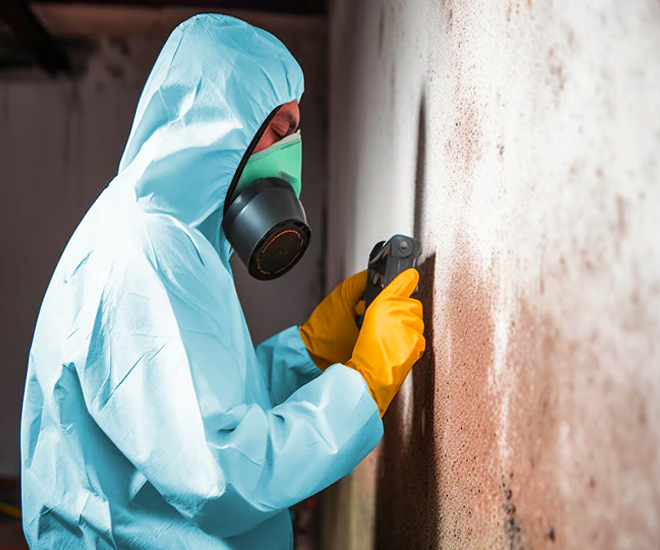Support on What to Do After Mold Remediation
Support on What to Do After Mold Remediation
Blog Article
Effective Post Mold Removal Solutions for Your Home
Mold and mildew growth in homes can be a persistent issue, usually calling for a methodical method for efficient post-remediation services. From understanding the variables that add to mold growth to executing proper cleansing methods and moisture control steps, the process can be detailed yet vital for maintaining a healthy living setting. Post Mold Remediation Report.
Understanding Mold And Mildew Growth Aspects
Mold and mildew development is affected by a variety of variables that are important to understand in order to efficiently resolve and prevent its spreading. Understanding these factors is important in executing effective mold remediation techniques. The key aspect adding to mold and mildew growth is dampness. Mold spores require dampness to germinate and prosper, making humid or damp atmospheres extremely prone to mold and mildew problems. Poor air flow can additionally bring about moisture buildup, creating an excellent reproduction ground for mold and mildew.

Moreover, air flow and light direct exposure can affect mold and mildew development. Areas that lack appropriate ventilation and natural light are a lot more vulnerable to mold and mildew growth. By addressing these factors comprehensively, individuals can effectively reduce mold growth and secure their living settings.
Correct Mold And Mildew Cleansing Strategies
Making use of effective cleaning approaches is crucial in stopping the reappearance and dealing with of mold and mildew contamination in indoor settings. The first action in proper mold cleansing is to include the damaged area to protect against the spread of spores to uncontaminated locations.

Applying Moisture Control Actions
To efficiently avoid mold and mildew growth and contamination in interior atmospheres, applying moisture control procedures is paramount. In addition, guaranteeing correct ventilation in locations prone to moisture build-up, such as kitchen areas and washrooms, can help minimize the risk of mold and mildew development. By vigilantly implementing these wetness control measures, house owners can efficiently lower the likelihood of mold recontamination and keep a healthy indoor atmosphere.
Making Use Of Natural Remediation Solutions
After effectively applying dampness control measures to avoid mold and mildew development in interior environments, property owners can currently discover the performance of all-natural removal solutions in maintaining a healthy living area. All-natural removal remedies utilize eco-friendly methods to fight mold and mildew, making them a prominent selection for those looking for non-toxic alternatives. One such service is using vinegar, a natural antimicrobial agent, to clean and disinfect surface areas infected by mold and mildew. Merely dilute vinegar click to find out more with water and spray it onto the impacted locations, allowing it to sit for a couple of hours prior to wiping tidy. Furthermore, tea tree oil, understood for its antifungal properties, can be combined with water and splashed onto mold-infested surfaces to inhibit further growth. Another natural alternative is hydrogen peroxide, which can properly eliminate mold on various surface areas without leaving harmful deposits behind. By including these natural removal options into their cleansing routines, property owners can effectively battle mold and mildew growth while advertising a healthier interior atmosphere for themselves and their family members.

Keeping a Mold-Free Setting
Frequently evaluating locations prone to mold growth, such as washrooms, kitchens, basements, and attics, is crucial. Appropriate ventilation in areas with high moisture degrees is additionally vital to preventing mold growth.
Furthermore, keeping sanitation in the home is vital for mold prevention. Consistently cleaning and dusting surfaces, carpets, and upholstery can help remove mold spores before they have an opportunity to multiply and settle. Using mold-resistant items for building materials and home furnishings can further help in producing a mold-free environment. Keeping interior plants in check and making sure proper water drainage in outdoor landscape design can minimize dampness build-up, lowering the chance of mold problems. By adhering to these aggressive maintenance techniques, house owners can efficiently promote a mold-free living room.
Verdict
To conclude, it have a peek here is vital to attend to mold development elements, make use of appropriate cleansing methods, apply wetness control measures, use all-natural remediation solutions, and keep a mold-free environment in order to properly deal with article mold remediation in your house - Post Remediation verification. By complying with additional reading these strategies, you can avoid mold and mildew from reoccuring and guarantee a healthy living setting for you and your family members
The primary element adding to mold and mildew development is moisture. Mold spores need dampness to sprout and thrive, making moist or moist environments extremely prone to mold and mildew problems.To properly prevent mold growth and contamination in indoor environments, carrying out dampness control measures is paramount. Additionally, making sure proper ventilation in areas prone to moisture build-up, such as washrooms and cooking areas, can aid lower the risk of mold and mildew development.After effectively implementing moisture control measures to protect against mold and mildew development in indoor environments, property owners can now discover the performance of all-natural remediation solutions in keeping a healthy and balanced living area.
Report this page